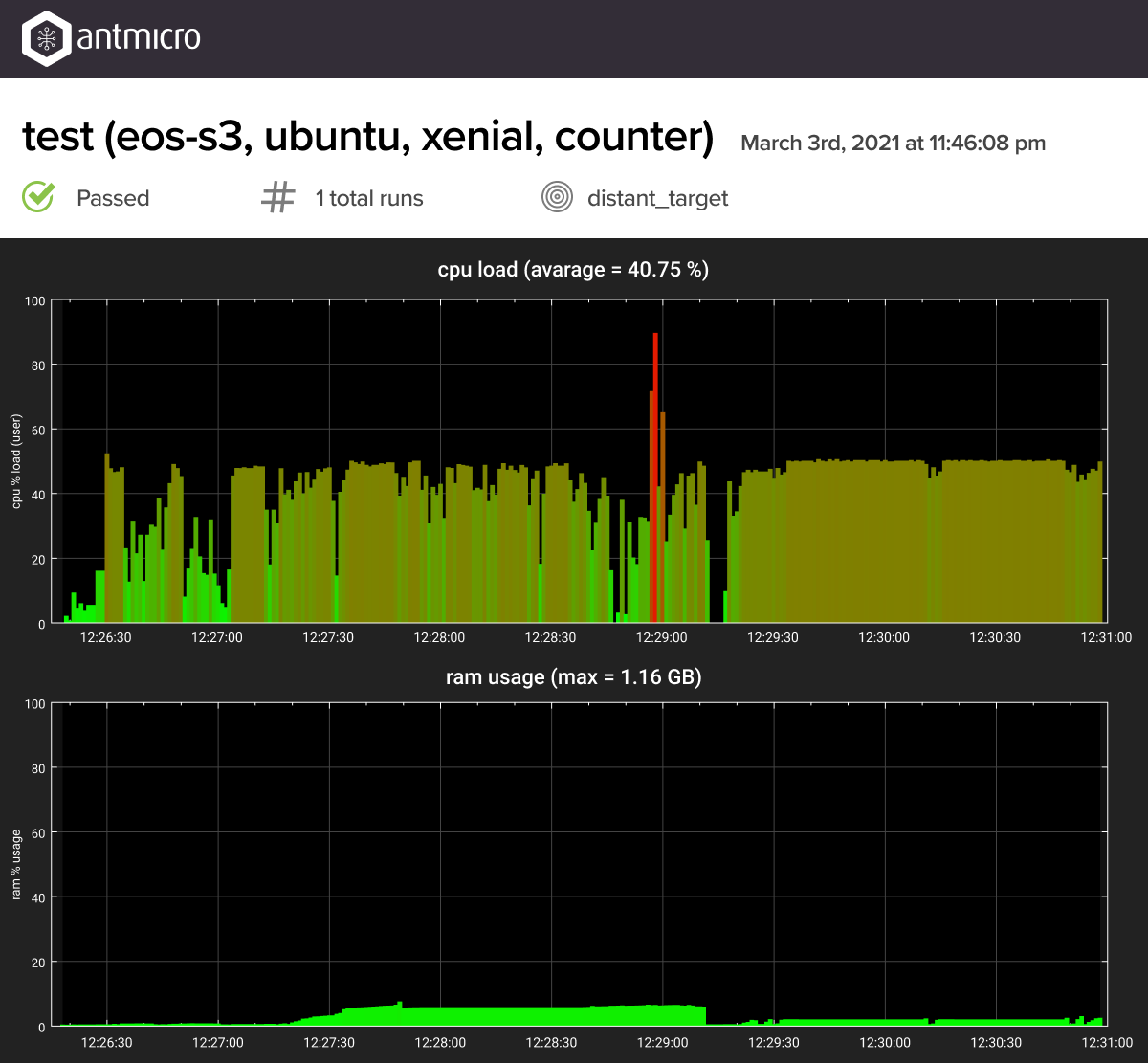

The main difference between Jenkins and GitHub actions is that Jenkins is a self-hosted automation server whereas GitHub actions is a software as a service (SaaS). There are several CI tools you can use such as Jenkins, Travis CI and Circle Ci. Above is a third-party action published on GitHub. The above action deploys our app to firebase whenever we push changes to the master branch. Node-version: 12 - run: npm ci - run: npm run build - uses: with:įIREBASE_TOKEN: $ Go to the settings tab on the GitHub repository.

This provides a secret token which we can share with GitHub
#Github actions server how to#
Let’s see how to deploy to firebase: firebase init We will have to share a secret token with GitHub for the CD process. This is fine when we are doing it manually, but not so easy when we are using a CD tool. However, if a third-party provider hosts your app, then they provide options like SFTP, FTP, and SSH. If your website is hosted on GitHub, then you can use the github-pages action.
#Github actions server code#
Continuous deployment is about pushing that code out to production. Once you have a valid pull request and when we merge that code into the master branch, we also want to deploy the app to production. If there are any errors or build failures, then it shows up in the log in the actions tab of our repository by a green check or a red ‘x’.

You can write individual tasks called actions, and combine them to create a workflow. The good thing about GitHub Actions is that instead of writing these steps on our own, we can use the ones implemented by the community. GitHub will log the progress of each step and make it very clear if something failed. GitHub can spin up one or more containers for us in the cloud and execute given instructions to do something useful. Suppose we have a GitHub repository, there are different kinds of events that can happen to that repo like starring, pull-request or create an issue these events can be used to trigger an automated workflow. GitHub Actions enables you to create custom and automated software development workflows (including CI/CD) directly in your GitHub repository.


 0 kommentar(er)
0 kommentar(er)
